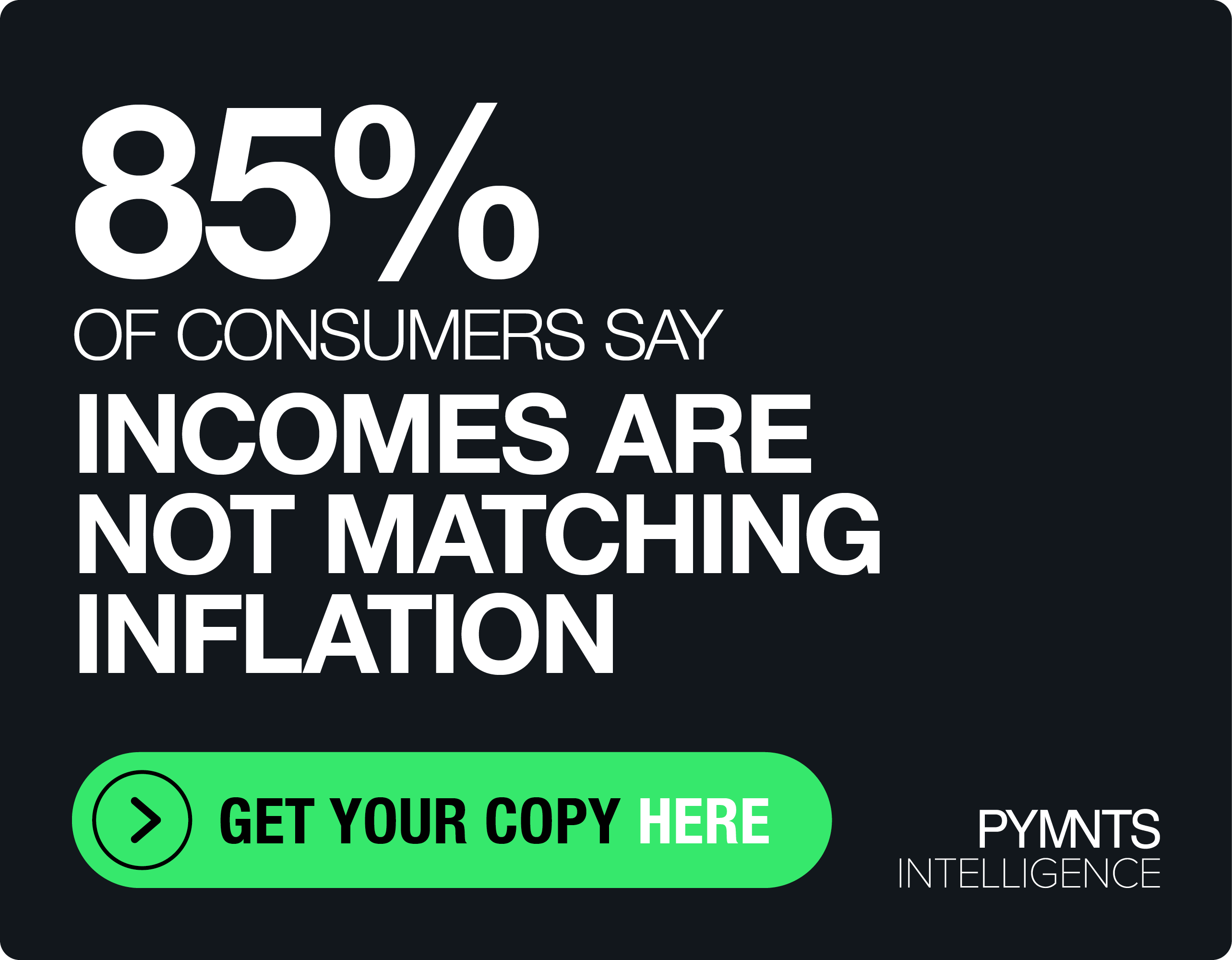i2c On How Payments Influences The Customer Experience
The PYMNTS team caught up with experts in the payments field to ask them their views on industry trends, predictions for the coming year and what their ideal payments system looks like.
Marc Winitz, CMO for i2c Inc (a provider of global payment processing solutions), spoke with us about how the customer experience should and can have a major a role in shaping the evolution of payments and commerce.
PYMNTS: What are the big trends you’re seeing in payments in 2015?
MW: The biggest theme is the role mobile has had in terms of crafting a better customer experience. Everyone talks about mobile and mobile is important, and there’s been a lot of evolution in the mobile payments side — primarily driven from Apple Pay, and now we’re seeing the initial things from Samsung Pay and Android Pay. What it’s doing is showing that there is some path forward to new payments innovation. I think what we’re starting to see is an interest in fusing customer experience and payments together. This is sort of a new, but emerging trend as payments need to come out of the back room of just completing the transaction and play a more essential role in the overall commerce experience.
PYMNTS: What are your predictions for payments for next year? And what does your ideal payments system look like?
MW: The biggest thing is essentially this whole concept of payments starting earlier in the commerce journey. Today we think about [payments] at the end of the process. … There’s so much left on the table that the payment can provide to influence the outcome. There’s information about what the consumer is doing at any one point of time (location, likes and dislikes based on purchase history, etc.). All of those elements can be brought to bear to leverage essentially a more intelligent experience.
Payments can really play an influence in how a customer experience occurred or exists. … When a brand or financial institution or enterprise can subsidize that journey with a payment being part of that earlier in the process, we think that can make for a better experience.
There really needs to be a new generation of payments architecture of payments processing capabilities. What’s in place today is technology really optimized for scale and efficiency only and nothing more. And very, very difficult to morph into managing new ways of doing things. This sort of integrated commerce experience that I’m talking about requires a lot of configuration in the entire process. Most processing experiences don’t have that in place. New frameworks are needed to be able to allow enterprises, brands and financial institutions to take advantage. Much more flexible architecture is required for that.
Rather than offer a very limited set of choices based on older technology, it’s better to say ‘what is it that you want to do?’ and not be limited by having to develop specialized capabilities to deliver that. … Payments processing as a discipline really is ripe for disruption.
